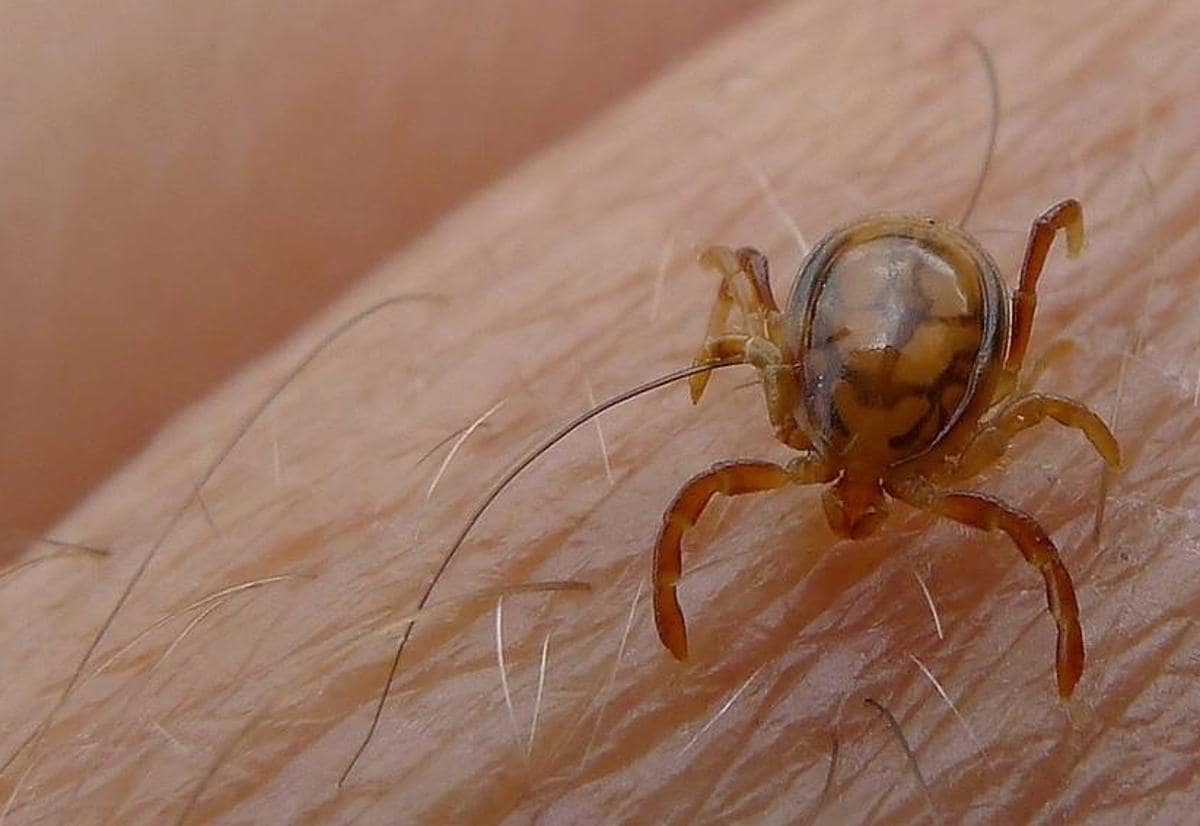Three tips on how to prevent a tick bite that transmits Crimea-Congo

Infectious Disease Specialist Salamanca HospitalMoncef Belhassen assures that the tick capable of transmitting the Crimean-Congo disease “lives with us.” “You don’t have to go into the forest to find it. This is available in every country,” he says. …
Belhassen reminds us that the tick is not an arboreal species that can “fall from above”, but lives among bushes, grass and vegetation close to the ground. The problem is that if the grass is very tall, it is more likely to move onto unprotected areas of the body.
Most bites occur on the legs and ankles, and although they go unnoticed at first, after a few days the symptoms become noticeable: fever, headache and rapid heartbeat.
Why has this infection reached areas like Salamanca? Like all viruses, the ticks that cause the disease are carried by migratory birds and spread throughout the world. The CIETUS laboratory (Centre for Tropical Disease Research of the University of Salamanca) receives between 1,500 and 2,000 ticks each year for analysis to determine whether they carry viruses or pathogens. All this knowledge means that a unit of excellence has been created around the Faculty of Pharmacy to study ixodoids from all perspectives: epidemiological and medical cross-sectional.